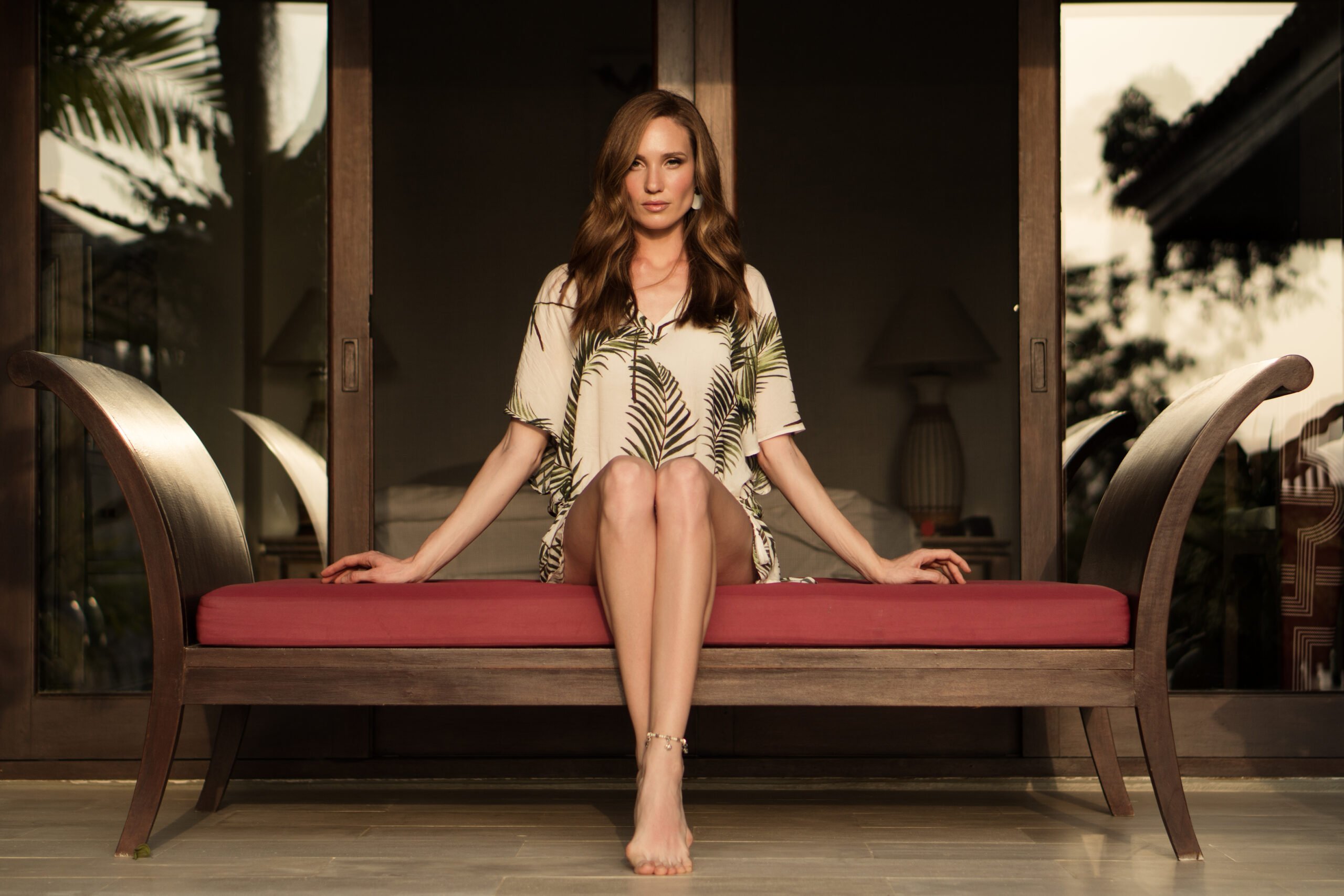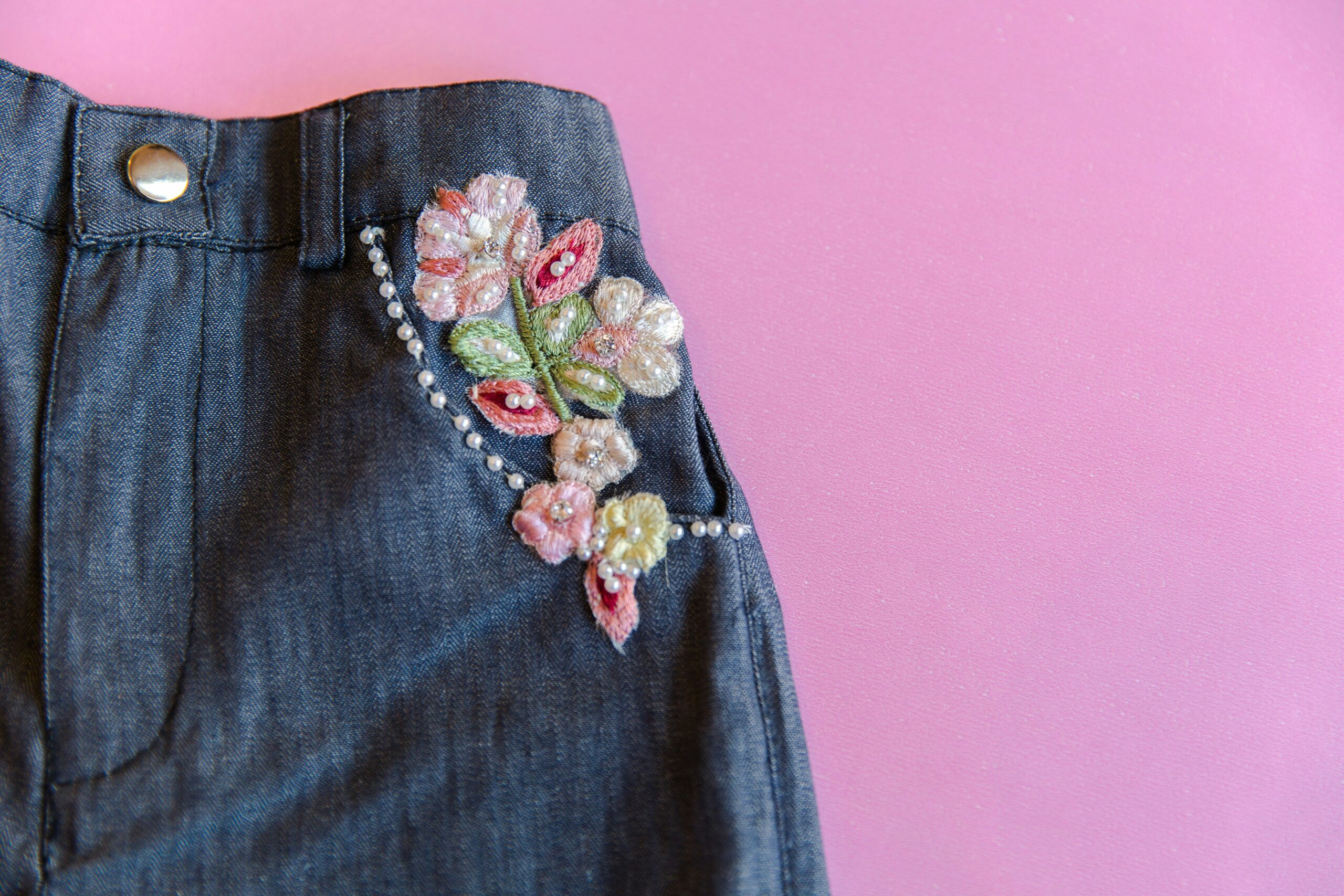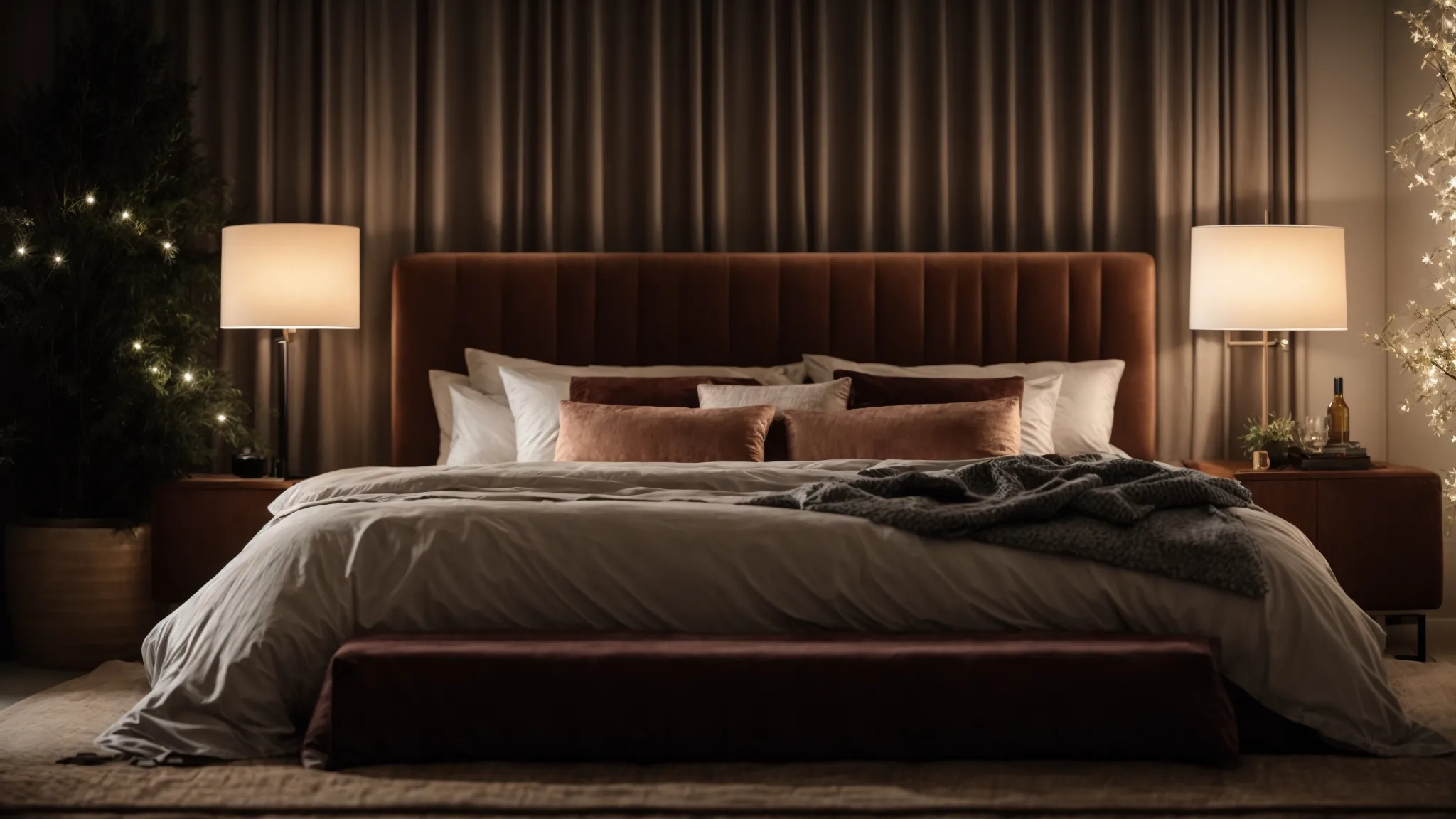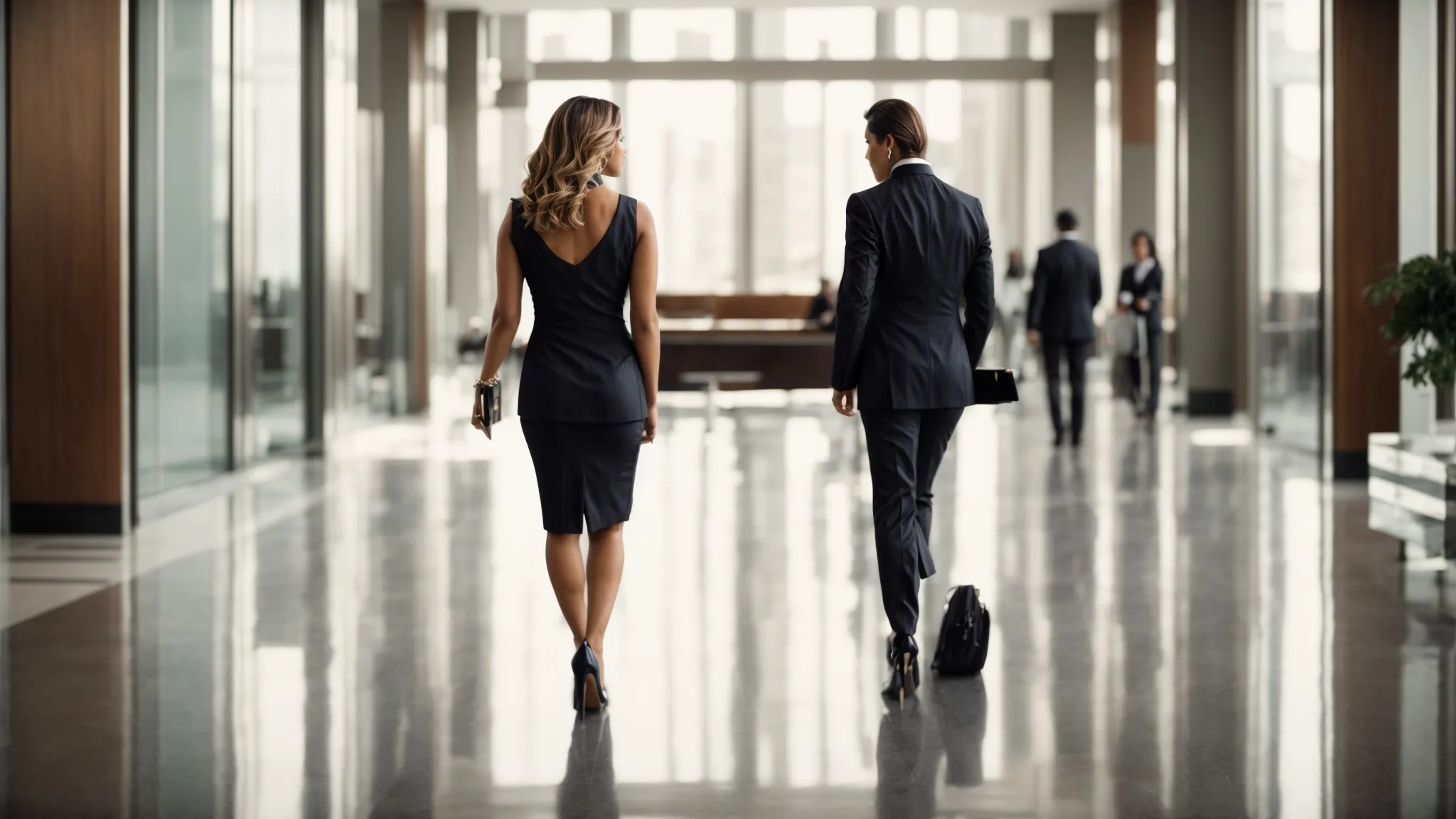Fashion is a visual language that speaks of culture, societal values, and individual expression. As the decades have rolled by, fashion has been a witness to changes in technology, politics, art, and global trends. It evolves constantly, with certain elements returning cyclically, and others becoming part of the fashion archives. By understanding the evolution of fashion, we not only gain insights into the changes in societal aesthetics but also the greater shifts in culture and attitude.
1920s: The Roaring Flapper Era
The 1920s was marked by jazz, prosperity, and the flapper culture. Women moved away from the restrictive clothing of the previous era to embrace dresses with a straighter silhouette. Hemlines rose, and so did the spirits, as the dresses took a more relaxed form. Bobbed hair, cloche hats, and beaded dresses became iconic of this age. “Jeans for women” was not yet a popular phrase, but the decade certainly set the stage for a revolution in women’s fashion by challenging traditional norms.
1930s: Elegance in the Time of Depression
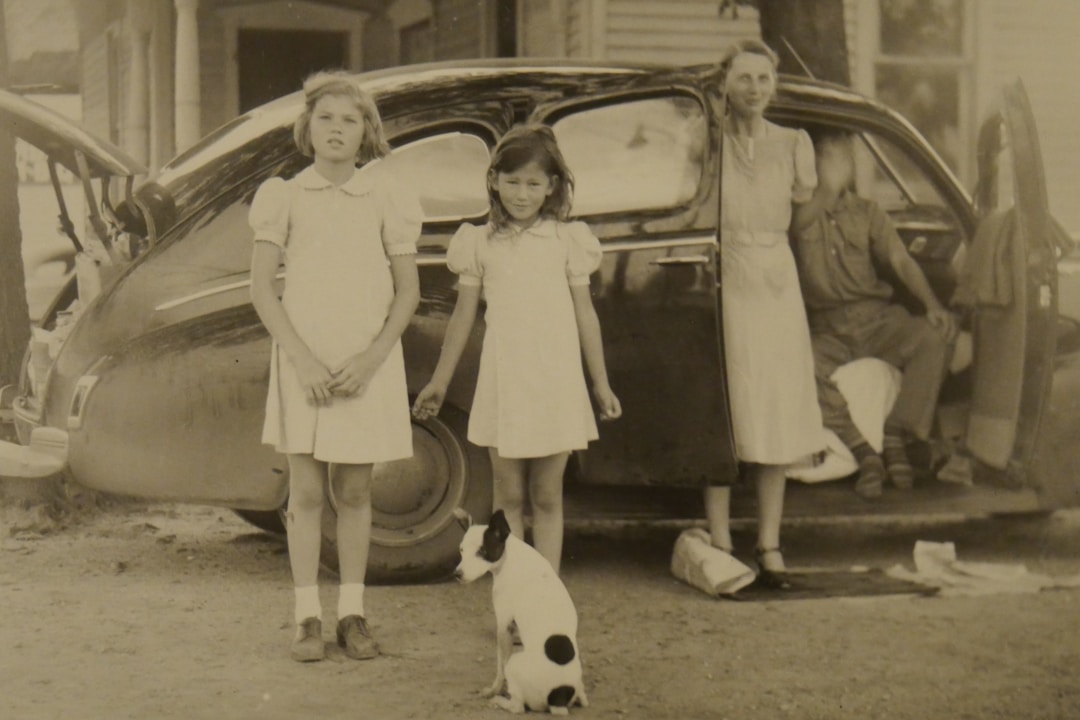
While the 1920s were about breaking free, the 1930s saw a return to a more refined, feminine silhouette with the Great Depression in the backdrop. Fashion became less ornate, but it didn’t lose its elegance. Bias-cut dresses that clung to the body became popular. Evening gowns had a sultry allure, and Hollywood glamour had a significant influence on global fashion trends.
1940s: War and Utility
The Second World War had a profound impact on fashion. With many materials in short supply, fashion had to be functional. Military styles and strong shoulders became popular, with women taking on more roles in the workforce. However, even in this era of utility, designers like Christian Dior started laying the groundwork for a new wave of fashion that would rise with the end of the war.
1950s: Post-war Femininity
The war’s end in the 1940s gave birth to the “New Look” in the 1950s, characterized by full skirts, cinched waists, and a celebration of ultra-femininity. Poodle skirts, saddle shoes, and petticoats were in vogue. Women were returning to the home, and fashion echoed this domestic shift with soft, luxurious fabrics and a demure palette.
1960s: Revolution and Freedom
The 1960s was a decade of revolution and freedom. The youth played a significant role in defining the fashion. Mini skirts, psychedelic prints, and the mod look defined the early part of the decade. Towards the latter half, as the hippie movement gained traction, bell bottoms, tie-dye, and boho styles became the rage.
1970s: Disco Fever and Denim
The 1970s can be described as a blend of glam and casual. On one hand, disco culture brought with it sequins, platform shoes, and jumpsuits. On the other, the casual look became increasingly popular with flared and straight-leg jeans, peasant blouses, and earthy colors. The era also saw the beginning of the androgynous trend, with both men and women sporting similar hairstyles and clothing.
1980s: Bold and Flashy
The ’80s was an era of excess, and fashion was no exception. Bright colors, oversized silhouettes, and a general “more is more” philosophy dominated. Shoulder pads reached new heights, and neon became a favorite color palette. Popular culture, especially music—think Madonna and Michael Jackson—had a massive influence on fashion.
1990s: Minimalism and Grunge
From the maximalist ’80s, fashion in the ’90s took a turn towards minimalism. Clean lines, neutral colors, and simple designs were in. But the decade was also marked by the grunge look—flannel shirts, ripped jeans, and combat boots. It was an era where the polished met the rough around the edges, and both were equally celebrated.
The 2000s to 2020s: Fast Fashion and Sustainability
The dawn of the new millennium saw the rise of fast fashion, with brands like Zara and H&M becoming household names. Fashion trends changed rapidly, and there was a blend of past decades’ styles. However, as the 2020s approached, there was a growing awareness of the environmental impact of fashion. Sustainable fashion, eco-friendly materials, and ethical production methods started gaining traction.
The Punk Movement: A Fashion Rebellion
The late 1970s and early 1980s witnessed the rise of punk rock, which was not just a musical genre but a full-blown cultural movement. Its influence on fashion was significant, leading to a surge of edgy, rebellious clothing that resonated with the youth’s anti-establishment sentiment. Spiked hair dyed in vibrant colors, leather jackets adorned with pins and patches, torn t-shirts, and bondage pants became synonymous with punk. The movement popularized the use of unconventional materials like safety pins as fashion accessories and introduced the world to the mohawk hairstyle.
Haute Couture: The Epitome of Luxury
Diving deep into the realm of high fashion, haute couture stands as the pinnacle of craftsmanship and exclusivity. Rooted in Parisian culture, haute couture consists of custom-fitted clothing produced by fashion houses like Chanel, Dior, and Givenchy. Each piece is handcrafted for individual clients, often taking hundreds of hours to complete. The fashion pieces, ranging from elaborate gowns to meticulously tailored suits, are made from the highest quality materials. The influence of haute couture can be seen in red-carpet events and fashion shows, where these creations often set the trend for mainstream fashion.
Athleisure: The Rise of Sporty Chic
In the 2010s, a new trend emerged, blurring the lines between athletic wear and everyday clothing. Athleisure, as it came to be known, consisted of clothing items like yoga pants, sports bras, and sneakers being worn outside the gym setting. Brands like Lululemon, Nike, and Adidas capitalized on this trend, creating clothing that was both stylish and functional. The trend also saw the rise of the “sneakerhead” culture, where collecting and investing in limited-edition sneakers became a hobby for many.
Retro Revival: The ’90s Resurgence
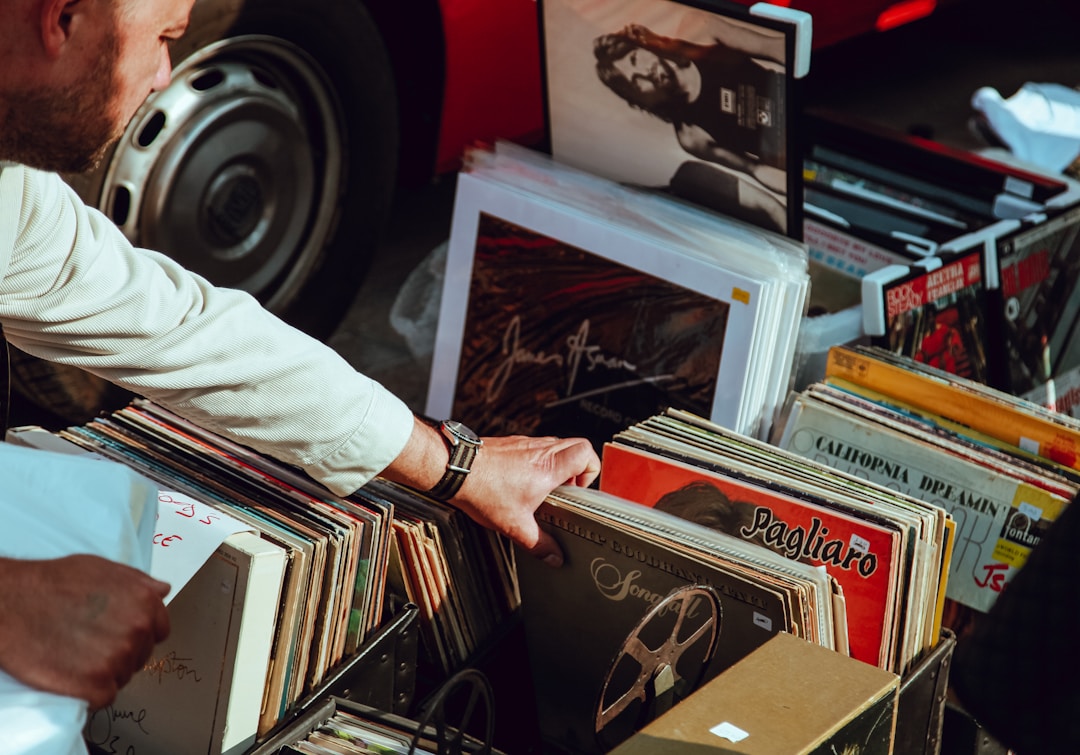
The late 2010s and early 2020s saw a nostalgic return to the ’90s. From high-rise jeans, crop tops, platform shoes, and even scrunchies, young adults began to embrace the trends their parents once sported. This period also witnessed the revival of iconic brands like Tommy Hilfiger and Champion. The logo-centric fashion of the ’90s, where brands boldly displayed their logos on t-shirts, jackets, and accessories, made a prominent return. Popular television shows and films from the era also influenced this resurgence, further cementing the ’90s look into contemporary fashion.
Steampunk: A Blend of Historical and Futuristic
Emerging as a sub-genre of science fiction, steampunk became a unique fashion trend in the late 2000s. It combined Victorian-era aesthetics with futuristic elements, embodying a blend of the industrial age and speculative future. Corsets, top hats, goggles, and intricately designed jewelry became hallmarks of this style. Materials like brass, leather, and lace were essential, giving the clothing a simultaneously antique and innovative feel.
Gender Fluidity in Fashion
As society began to challenge and deconstruct traditional gender norms, fashion responded by becoming more inclusive and fluid. The 2010s and 2020s witnessed the rise of non-binary and gender-neutral clothing. Brands and designers began to release collections that were not confined to traditional men’s and women’s categories. Trousers for women became more masculine in cut and design, while men’s clothing saw the introduction of skirts, kilts, and softer fabrics. This movement not only represented a shift in fashion but also mirrored a broader societal acceptance of various gender identities.
Looking Back to Look Ahead
The evolution of fashion reflects the changes in society, economy, and technology. From the flapper dresses of the 1920s to the sustainability trend of the 2020s, fashion has been a mirror of societal shifts. As we look back, it’s intriguing to see how trends have evolved, been recycled, and been reinterpreted. As the future unfolds, it’s evident that fashion will continue to be an essential language of expression, ever-changing and always fascinating.


